Bologna’s rise as one of Europe’s pioneering universities has long fascinated historians. Established in the 12th century, it broke from the traditional top-down model, empowering students to shape their education. This innovative approach weathered periodic student protest movements, which challenged the vocational focus and demanded more diverse curricula. Yet, Bologna’s legacy endures, reflecting the university’s enduring capacity to adapt and the far-reaching influence of student-led initiatives in shaping academic innovation. Exploring Bologna’s rich history offers a unique window into the dramatic evolution of higher education across medieval and Renaissance Europe.
Key Points
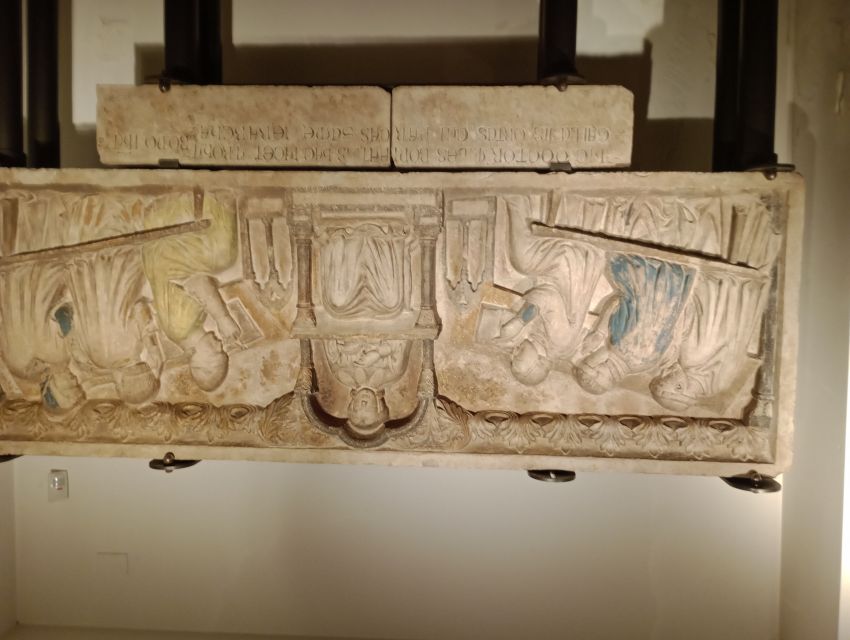
-
Bologna University emerged in the 12th century as one of the earliest European universities, pioneering a student-controlled model of higher education.
-
The student-controlled concept gave students greater influence over the selection of professors, curriculum, and administration, challenging the established master-controlled model.
-
Student protest movements at Bologna revolved around demands for increased autonomy, academic freedom, and modernization of the vocational-focused curriculum.
-
Medieval universities had a predominantly vocational focus, with limited opportunities for non-vocational courses, which student uprisings aimed to expand.
-
Bologna’s academic heritage, including the Anatomical Theatre and the history of Jewish students, provides a multifaceted understanding of the city’s rich university tradition and student activism.
Emergence of Bologna University

Bologna University emerged as one of the earliest European universities in the 12th century, establishing a pioneering model of student-controlled higher education.
Unlike the master-controlled universities of Paris, Bologna gave students a greater say in the running of the institution. This represented a significant shift in the prevailing approach to higher learning at the time, placing more emphasis on the needs and preferences of the student body.
Student protest movements were often directed against the established order and vocational focus of medieval universities, seeking to widen the curriculum and modernize the courses on offer.
Bologna’s unique structure and the assertiveness of its student population would go on to influence the development of universities across Europe.
You can also read our reviews of more tours and experiences in Bologna.
Student-Controlled Concept of University
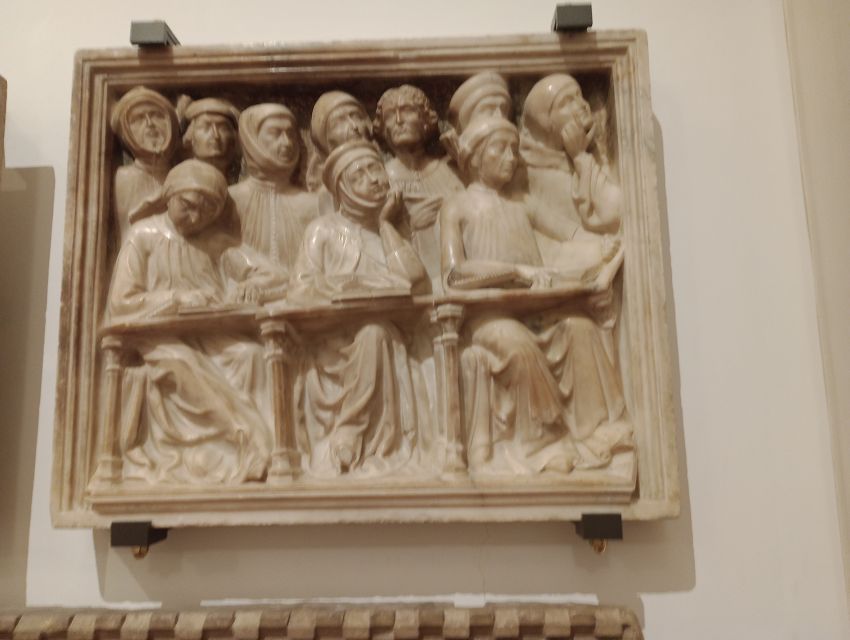
The student-controlled concept of the university, pioneered at Bologna, represented a significant departure from the master-controlled model prevalent at institutions like the University of Paris.
At Bologna, students had a greater say in the selection of professors, the curriculum, and the overall administration of the university. This was in contrast to the top-down approach where masters or professors wielded more power.
Student uprisings at Bologna often revolved around demands for greater autonomy and influence over their education. This student-centric model challenged the established order and called for modernizing the vocational-focused curriculum, reflecting the desire of students to have a more well-rounded academic experience.
Protest Movements and Curriculum Concerns
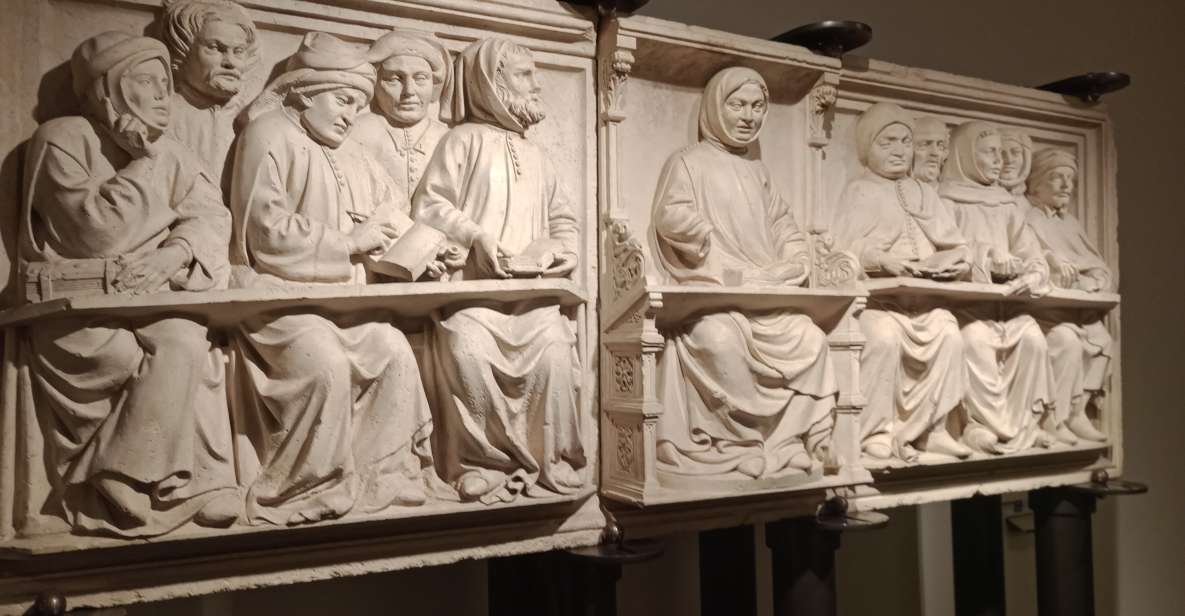
Many student protest movements at medieval universities were directed against the established order and vocational curriculum, reflecting their desire for a more well-rounded academic experience.
Students often rebelled against the largely fixed core of studies, aiming to widen or modernize the university syllabus. They were concerned with the content and modernization of their courses, which at the time were largely focused on specific vocational training.
These student uprisings challenged the prevailing model of the medieval university, pushing for curricula that better suited their intellectual and personal growth.
Ultimately, the student-led protest movements played a significant role in shaping the evolution of university education during this period.
Vocational Focus of Medieval Universities
Medieval universities were largely vocational schools, training students in specific fields rather than providing a broader liberal arts education.
The agreed core of studies at these institutions was largely fixed, with limited opportunities for non-vocational courses that could have expanded students’ intellectual horizons.
Students were primarily trained for careers in law, medicine, theology, and other practical fields.
The curriculum emphasized mastery of established knowledge and techniques, with little room for innovative thinking or interdisciplinary exploration.
Lectures and discussions often centered on memorization and rote learning rather than critical analysis and debate.
This narrow focus was increasingly challenged by student uprisings that sought to modernize and diversify the university experience.
More Great Tours NearbyOpportunities for Non-Vocational Courses
Bologna the Learned and Student Uprisings!
Despite the vocational focus of medieval universities, some students sought opportunities to explore non-vocational subjects and expand their intellectual horizons.
While the agreed core of studies was largely fixed, student uprisings in places like Bologna often aimed to widen the university curriculum and modernize the course offerings.
These rebellions reflected students’ desires for more diverse educational experiences beyond the traditional professional training.
Although universities remained primarily vocational in nature, the student-driven movements helped pave the way for gradual curricular changes and a growing emphasis on broader liberal arts education in the centuries to come.
- Bologna: Ferrari VIP Experience With Test Drive and Museum
- Bologna Traditional Food Tour – Do Eat Better Experience
- Bologna Airport: Round Trip Transfer to Venice+Water Taxi
- From Bologna: Private Venice Day Trip With Transfer
- Bologna Airport (BLQ): One Way Transfer to Ravenna Port/City
- Milan: Private Day Trip to Bologna With Sightseeing Tour
University Operations and Regulations
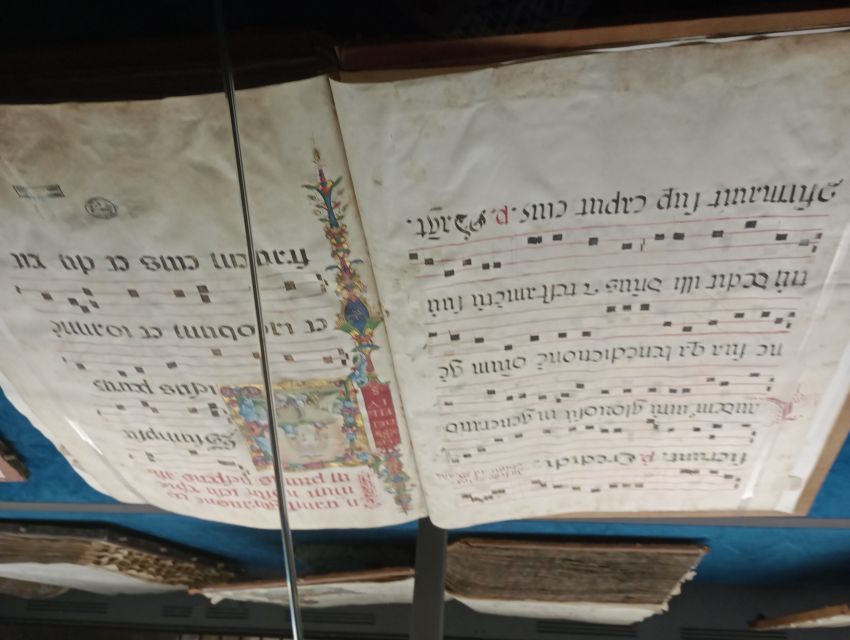
Lecturers at medieval universities couldn’t simply arrive or dismiss classes whenever they pleased, as they were often fined for tardiness or running over the scheduled time. This strict regulation was part of the established order that student protest movements often targeted.
The rise of Bologna University has to be seen in relation to the prevailing concept of Italian citizenship, which influenced both the university’s operations and the student body’s motivations for rebellion.
Some key points about university operations and regulations include:
- Lecturers could face fines for arriving late or finishing classes late.
- The agreed core of studies at universities was largely fixed, with limited opportunities for non-vocational courses.
- Student uprisings were often concerned with modernizing the university syllabus.
- The Anatomical Theatre allowed the ‘skinless’ to be viewed, highlighting the specialized nature of medieval university education.
Points of Interest in Bologna
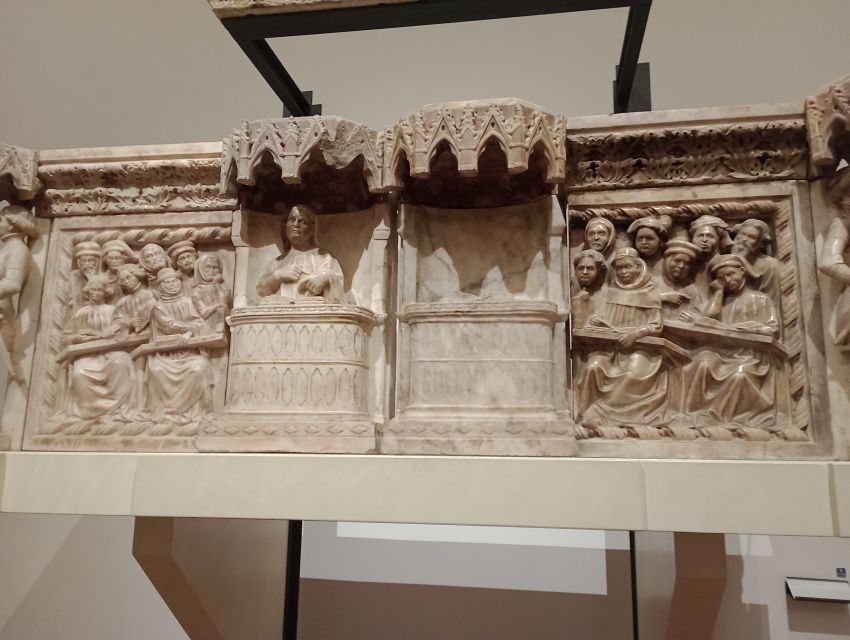
Bologna the Learned and Student Uprisings!
The Anatomical Theatre is a notable site where one could view the ‘skinless’, highlighting the specialized nature of medieval university education.
The history of Jews and the university also offers intriguing insights into Bologna’s past.
The botanical garden and Palazzo Poggi’s connection through Aldrovandi provide a glimpse into the university’s scientific pursuits.
Visitors can also explore the Archiginasio, Via Zamboni, Piazza Verdi, and the Stone of Peace, each with its own unique significance.
These points of interest offer a multifaceted understanding of Bologna’s rich academic heritage and the student uprisings that shaped its evolution.
Tour Details and Accessibility
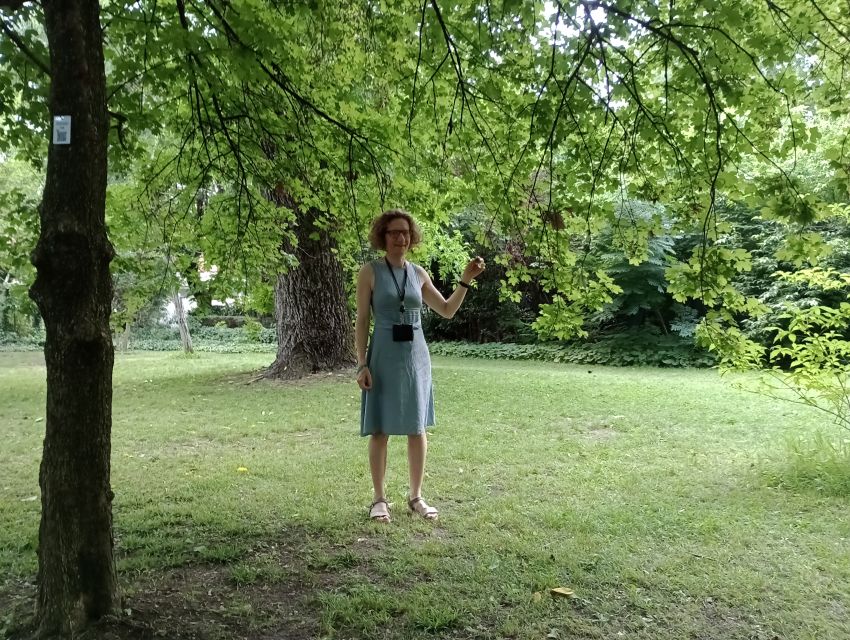
The tour of Bologna’s student uprising history typically lasts 2-3 hours and is offered in English. It’s wheelchair accessible, and private group tours are available. Guests can opt for included guide services and optional headsets for groups of 10 or more.
The tour provides a comprehensive look at the university’s rich history, including:
- Exploring the Anatomical Theatre, where the ‘skinless’ were once displayed.
- Delving into the intricate relationship between the university and the Jewish community.
- Discovering the connection between the Botanical Garden and the Palazzo Poggi through the renowned scholar Aldrovandi.
- Visiting iconic landmarks like the Archiginasio, Via Zamboni, Piazza Verdi, and the Stone of Peace.
Frequently Asked Questions
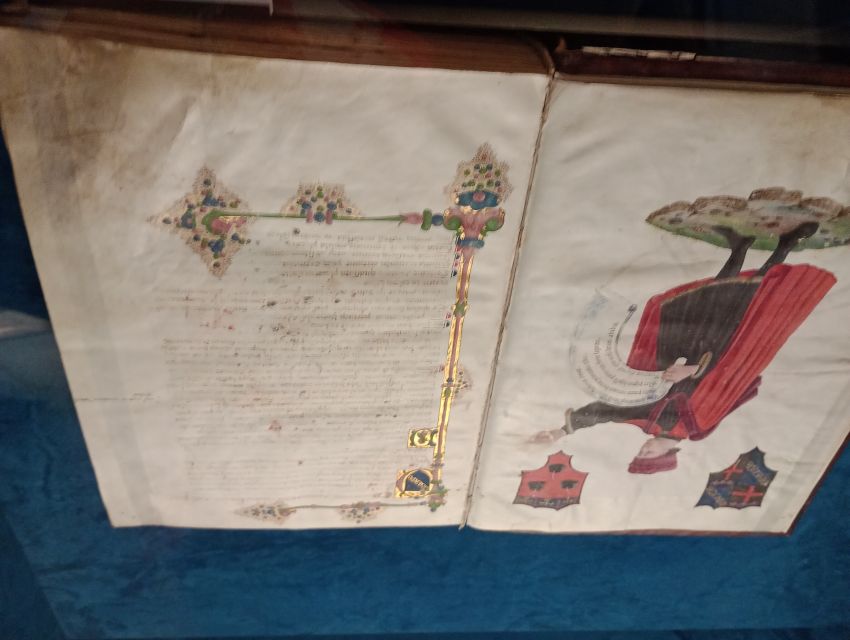
What Were the Major Student Grievances Against the University Administration?
Students often protested the university’s rigid curriculum, demanding more flexible, modernized courses that went beyond just vocational training. They sought to widen the scope of studies and have a greater say in university operations.
How Did the Student-Controlled Model at Bologna Differ From the Master-Controlled Model?
The student-controlled model at Bologna differed from the master-controlled model by giving students more autonomy over university operations, curriculum, and decision-making, unlike the Paris model where masters held more authority.
What Were the Key Subjects Taught in Medieval University Curricula?
Medieval university curricula focused on vocational training in fields like theology, law, and medicine. The core studies were largely fixed, with limited offerings outside these specialized professional programs.
How Did the Botanical Garden and Palazzo Poggi Connect to the University?
The botanical garden and Palazzo Poggi were connected through Ulisse Aldrovandi, a renowned naturalist and professor at the University of Bologna. Aldrovandi established the botanical garden and housed his extensive natural history collection at Palazzo Poggi.
Is It Possible to Customize the Tour for Individual Needs?
Yes, the tour can be customized to individual needs. Private group tours are available, and the tour includes optional headsets for groups of 10 or more to ensure a personalized experience.
Recap
Bologna’s pioneering model of student-controlled higher education paved the way for student protest movements to challenge the vocational focus of medieval universities.
This legacy reflects the enduring influence of student-led initiatives in driving academic innovation and modernization across Europe.
The city’s universities continue to offer diverse educational experiences, making it an accessible and compelling destination for those interested in the evolution of university education.
You can check availability for your dates here:More Tour Reviews in Bologna
- Gelato Class in Bologna: Churn & Taste Italian Gelato
- Parmesan, Wine, Balsamic Full Day Tour with Lunch
- Reggio Emilia secret, curious and mysterious
- From Bologna: Parmesan, Wine, and Prosciutto Tour
- Tour Ferrari, Lambo, Parmesan, Vinegar, Wine with Lunch
- Pasta Class with Parmigiano & Balsamic Tour from Bologna
Not for you? Here's more nearby things to do in Bologna we have reviewed
- Gelato Class in Bologna: Churn & Taste Italian Gelato
- Parmesan, Wine, Balsamic Full Day Tour with Lunch
- Reggio Emilia secret, curious and mysterious
- From Bologna: Parmesan, Wine, and Prosciutto Tour
- Tour Ferrari, Lambo, Parmesan, Vinegar, Wine with Lunch
- Pasta Class with Parmigiano & Balsamic Tour from Bologna
- History of Asylums, Spiritism and Mental Health in Milan.
- Guided visit to the complex of San Michele in Bosco
- Cooking Workshop dedicated to preparation of pasta and ragu’
- From Bologna: Ferrari & Lamborghini Grand Tour
- WINE EXPERIENCE & DOZZA – Private Day Tour from Bologna
- Eating Bologna Food & Wine Tour
